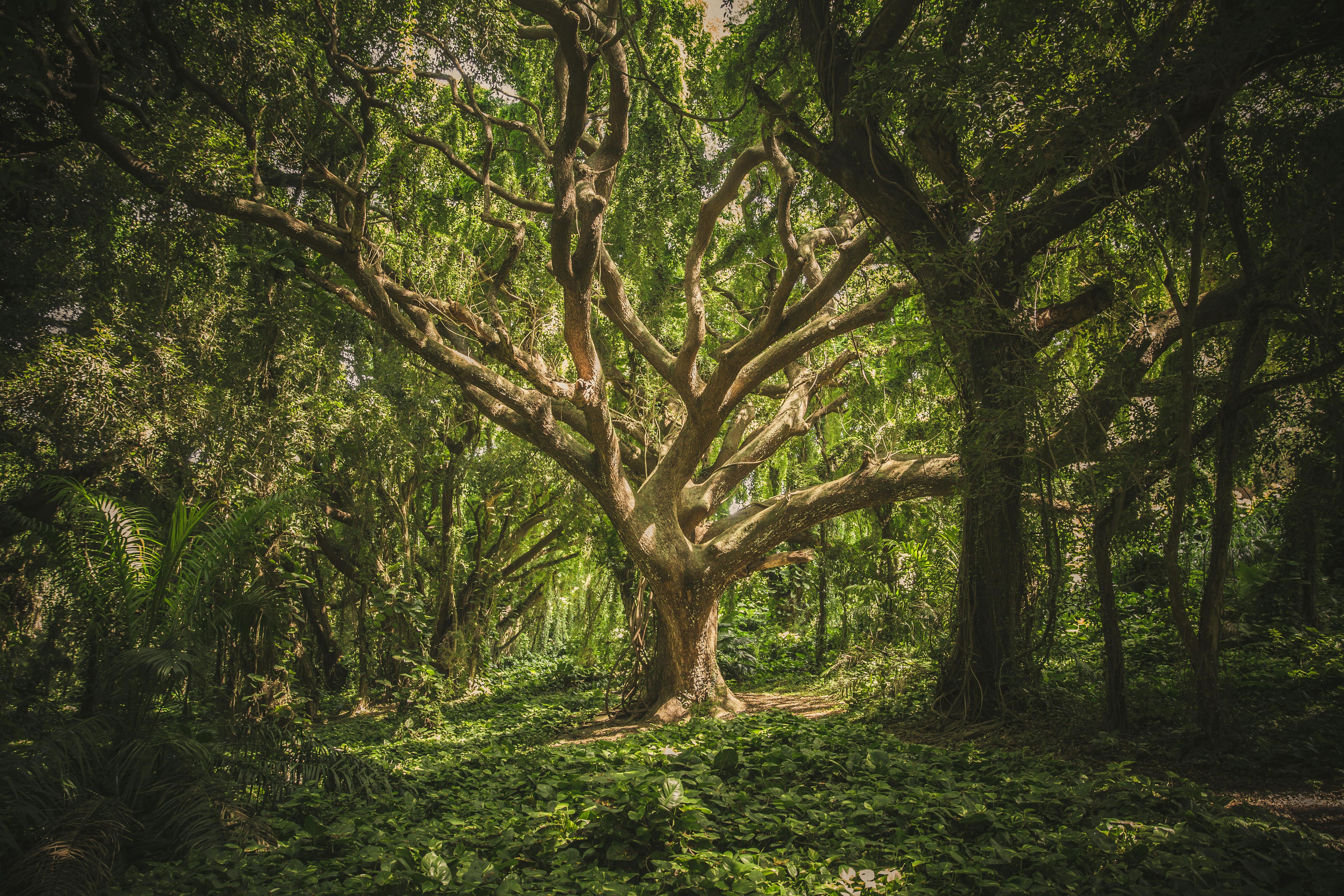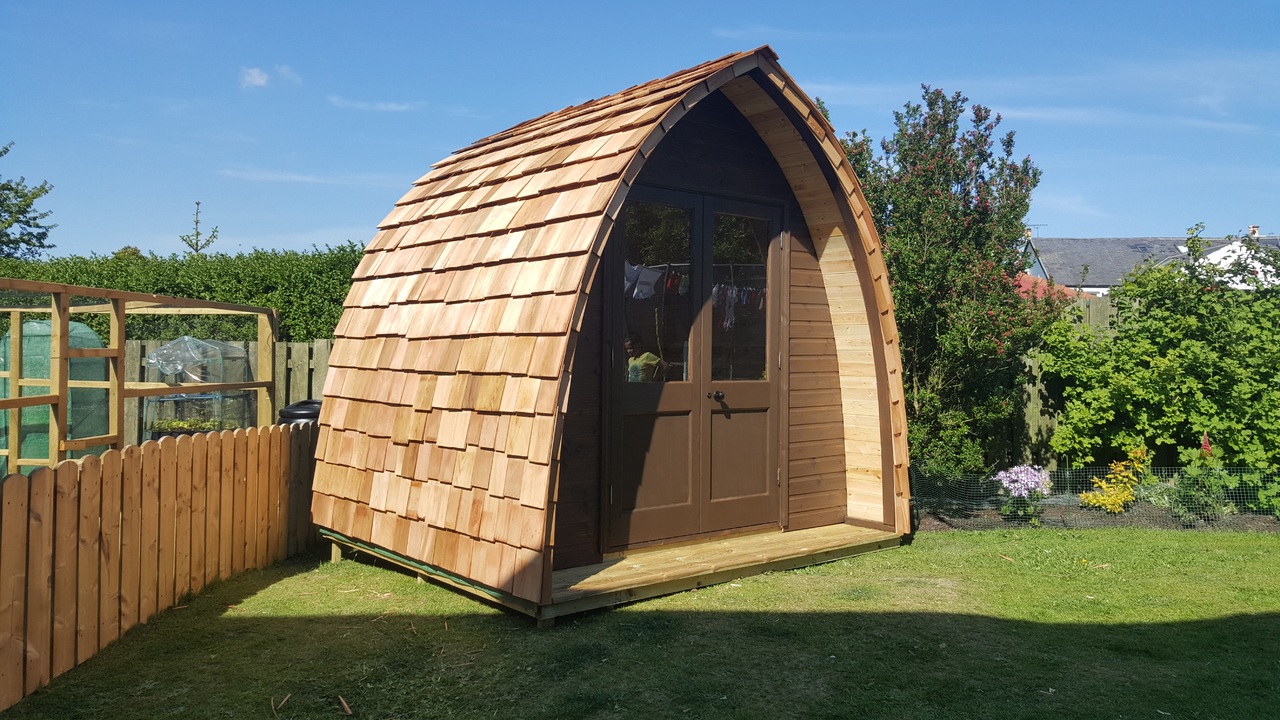The Remarkable Health Potential of Forest Therapy: A Deep Dive into Nature's Healing Power
Introduction: Have you ever wondered why a walk in the woods or a moment of quiet in a green space can make you feel so refreshed and rejuvenated? Welcome to the world of forest therapy, a powerful wellness practice with roots in ancient traditions and modern science.

Part 1: Understanding the Concept of Forest Therapy
Forest therapy, also known as Shinrin-yoku or forest bathing, started in Japan in the early 1980s. This practice involves spending time in a forested area to enhance health, wellness, and happiness. The Japanese government introduced this concept as part of a national health program, encouraging people to connect with nature. Since its inception, numerous research studies have been conducted, revealing the profound health benefits of this practice.
Part 2: The Science Behind Forest Therapy
Current health trends are increasingly recognizing the importance of our connection with nature. Research has shown that engaging with green spaces can lower stress levels, improve mood, boost the immune system, and even enhance creativity. Studies have specifically linked forest therapy to decreased levels of cortisol, the body’s main stress hormone, and increased activity of natural killer cells, a type of white blood cell that plays a key role in our immune response.
Part 3: Experiencing Forest Therapy
Participating in forest therapy doesn’t require any special equipment or skills. It involves immersing oneself in a forest environment and using all five senses to interact with nature. It’s about slowing down, breathing deeply, and allowing the calming influence of nature to take over. However, it’s essential to approach this experience with an open mind and willingness to connect with the natural world.
Part 4: Unveiling the Health Benefits and Challenges
Forest therapy offers numerous health benefits, including stress reduction, improved mental well-being, and physical health. However, for urban dwellers with limited access to green spaces, incorporating forest therapy into their wellness routine may be a challenge. Also, while the benefits are significant, it’s important to note that forest therapy is not a substitute for traditional medical care but an adjunctive wellness practice.
Insights from Nature: Practical Tips for Forest Therapy
- Start small: Begin with a short, 15-minute walk in a green space close to you.
- Use all your senses: Listen to the sounds, touch the trees, smell the earth, observe the colors, and if safe, taste the fresh air.
- Go tech-free: Leave your devices behind to fully immerse yourself in the experience.
- Make it a habit: Try to incorporate forest therapy into your routine, even if it’s just once a week.
- Guided experiences: Consider joining a guided forest therapy walk to get started.
Embracing the Healing Power of Nature
Forest therapy is more than just a walk in the woods; it’s a practice of mindfulness and wellness that allows us to tap into the healing power of nature. As we disconnect from our technology-driven lives and reconnect with our natural environment, we allow ourselves to experience the numerous health benefits that nature can offer. So, the next time you find yourself overwhelmed or stressed, consider stepping outside and immersing yourself in the calming world of forest therapy.




